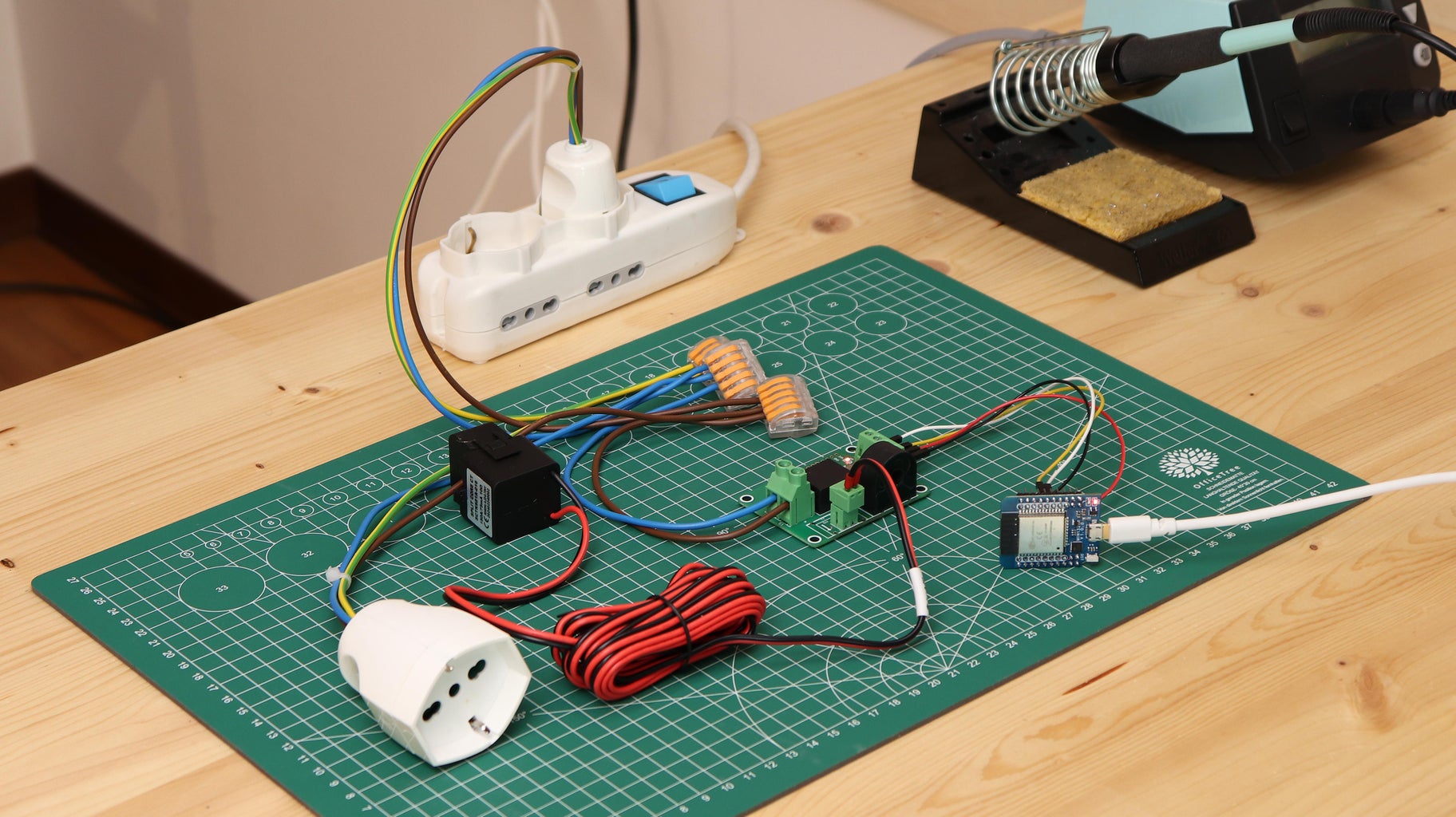Design and realization of an opensource and modular smart meter Circuit Diagram Basic electronics. (We are going to be using some electronics principles that are good to know to understand how this meter works). Handling of cutting tools and drills. How to solder. (To place the components we need). How to use a meter intruments as multimeters and clamp meters.

Overview. In this project, we will learn how to make our own IoT Based Electricity Energy Meter using ESP32 & monitor data on the Blynk Application.Earlier we built IoT DC Energy Meter and GSM Prepaid Energy Meter.With the current technology, you need to go to the meter reading room and take down readings. Thus monitoring and keeping track records of your electricity consumption is a tedious task.

DIY Real Energy Meter With Arduino and ESP8266 Circuit Diagram
The proposed system gives the information about the energy consumption on real time on IoT dashboard on mobile application and PC, billing through IoT, this smart energy meter protects your home from bad supply, alert the consumer and utility when the energy consumption exceeds above the set limit and the disconnection and reconnection of power

Overview: IoT Energy Meter using ESP8266 & INA219. Today we will make an IoT based energy meter using the INA219 sensor and ESP8266, NodeMCU, OLED Display, and Blink IoT Cloud. This small device can be very useful for you in your day-to-day life. Here we build a Smart real time energy monitoring device to determine the exact and instantaneous consumption of but they come with a heavy price tag and also with devoid you of the learning and fun experience of DIY. Components Required to build Smart Power Consumption Meter. ESP32 WROOM 32D Module; HI LINK 5V 3W SMPS; 0.96" 128X64

DIY Smart Energy Meter With ESP32 + Home Assistant Circuit Diagram
We will create an IoT-based Smart Electricity Energy Meter using ESP32 and the updated Blynk 2.0 application. By using the best current sensor (SCT-013) and voltage sensor (ZMPT101B), we can measure voltage, current, power, and total energy consumed in kWh. The readings will be sent to the Blynk 2.0 application and displayed on a dashboard
